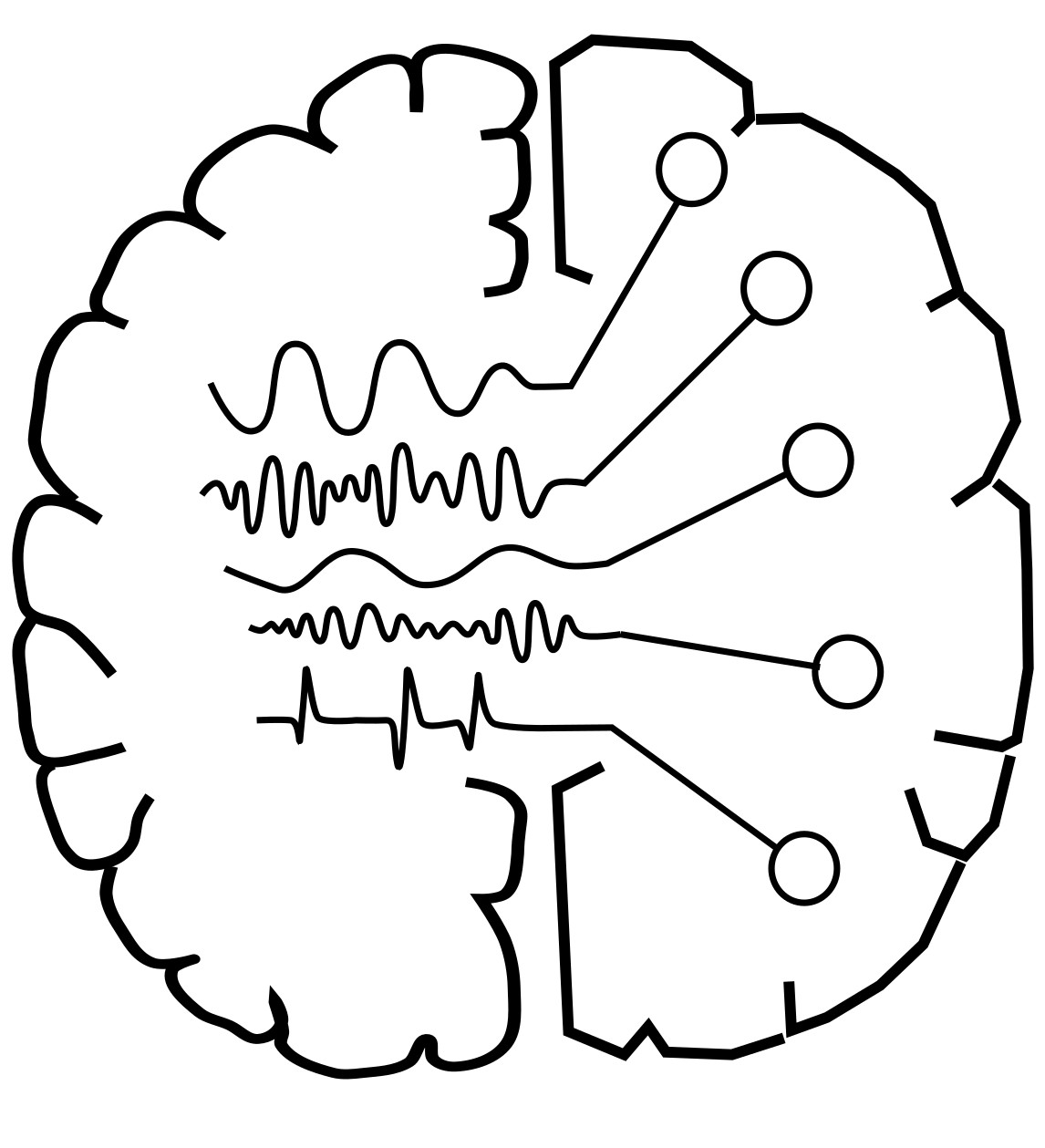Research
Investigating neural oscillations on the levels of correlation, causation, and computation
Correlation
Our research primarily focuses on neural oscillations during attention and memory processes in humans. We use a broad array of electrophysiological and imaging methods from the global scale, such as EEG (paper), MEG (paper), fMRI (paper), combined EEG-fMRI (paper), to the local scale such as intracranial EEG (paper) and single/multi unit recordings in humans (paper).
Causation
Going beyond correlating oscillations with behaviour, we also study the causal role of oscillations by externally perturbing the brain via rhythmic sensory stimulation (i.e. flickering or amplitude modulated sounds paper), rhythmic transcranial magnetic stimulation (rTMS paper) and transcranial electrical stimulation (TES paper) and investigate the impact of such oscillatory perturbations on cognition.
Computation
We also use computational modelling to integrate the findings of both data streams (i.e. correlative and causal) to better understand how oscillations underlie cognition. For instance, such models can be used to investigate how concurrent synchronization and desynchronization of neural assemblies serves memory processes (paper), or how dynamic memories are encoded in oscillatory patterns of populations of neurons (paper). These models also make specific predictions which we can test in correlational and causal experiments.
Impacting Science and Society
With this multidisciplinary, multimodal and multiscale approach we hope to be able to draw a detailed picture of how the human brain perceives, stores and retrieves information. Ultimately, these results will allow the development of brain-informed stimulation devices/protocols that can be used to improve cognitive function in patient populations (i.e., patients suffering from Alzheimer’s Disease).
